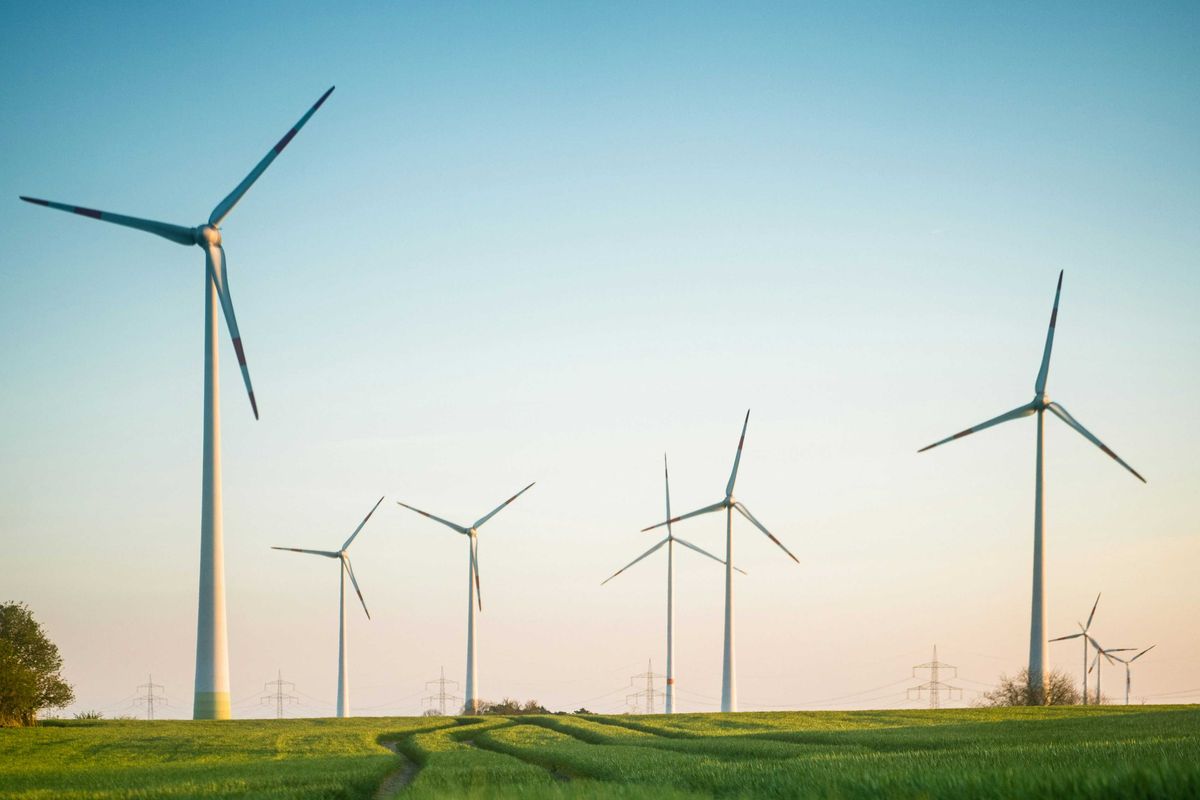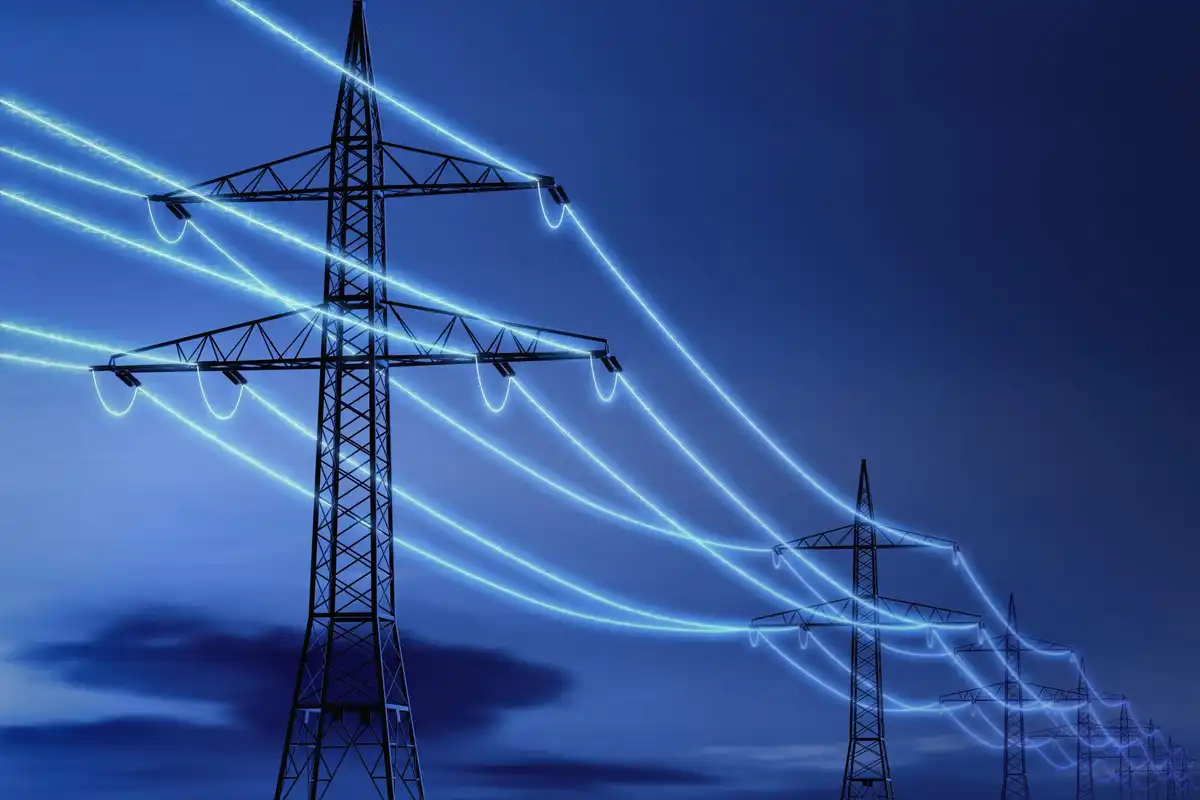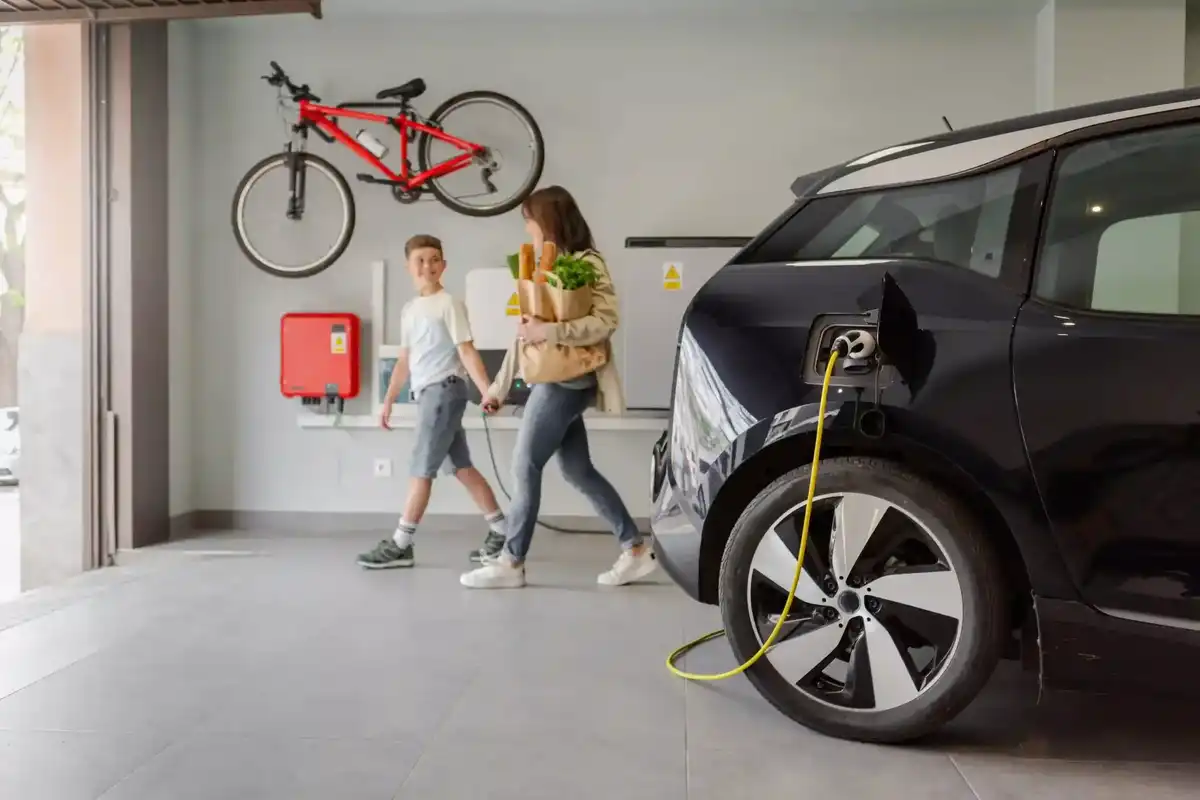Schneider Electric to invest in Texas clean energy projects with IRA tax credit transfer
shining on solar
Energy management and automation company Schneider Electric is investing in a Texas portfolio of solar and battery storage systems developed, built, and operated by Houston-based ENGIE North America.
The Texas projects are set to come online in 2024. France-based Schneider says the projects will put the company closer to reaching its goal of 100 percent renewable energy in the U.S. and Canada by 2030.
The Schneider investment comes in the form of tax credit transfers enabled by the federal Inflation Reduction Act. A Schneider news release didn’t put a price tag on the investment and didn’t name the Texas projects.
Schneider explains that the federal law enables the transfer of certain federal tax credits from renewable energy, clean energy manufacturing, battery storage and other clean energy projects. These transfers are an alternative to traditional tax equity deals.
“This collaboration with Schneider signals a real step forward in accelerating the net-zero transition,” Dave Carroll, chief renewables officer and senior vice president at ENGIE North America, says in the news release.
Carroll adds that the solar-and-storage portfolio and the tax credit transfers “support the continued growth of renewable energy and storage options in the U.S., which brings economic opportunities to an expanding set of communities alongside the transition to a lower-carbon grid.”
Last month, ENGIE said it had recently wrapped up more than $1 billion in tax equity financing from banking heavyweights BNP Paribas, Goldman Sachs, and J.P. Morgan Chase. The financing went toward 1.3 gigawatts’ worth of clean energy projects.








 Air Liquide and Hyundai agreed to expand hydrogen refuelling networks, storage capacity and more at a meeting in Seoul last week. Photo courtesy Air Liquide.
Air Liquide and Hyundai agreed to expand hydrogen refuelling networks, storage capacity and more at a meeting in Seoul last week. Photo courtesy Air Liquide.
